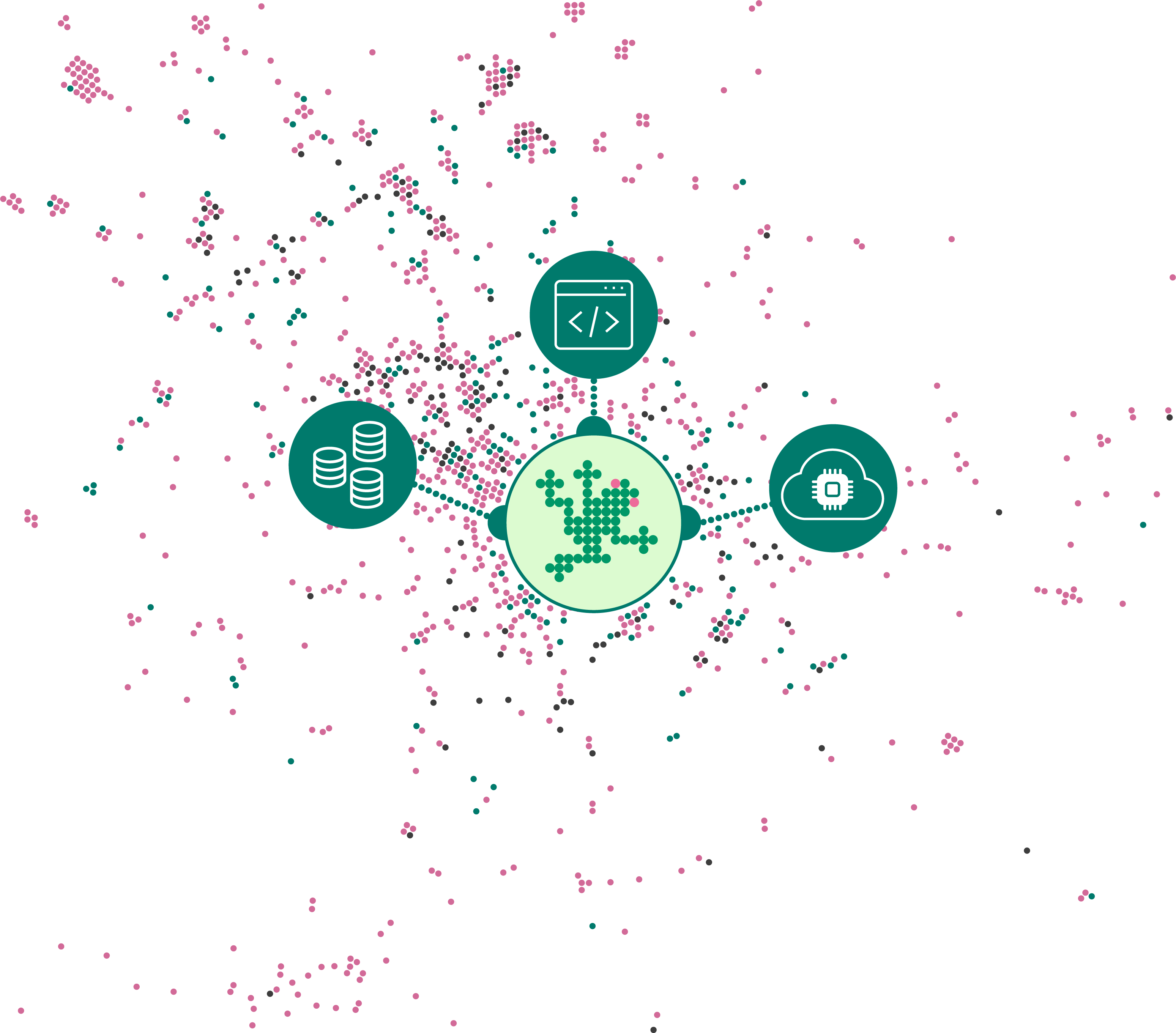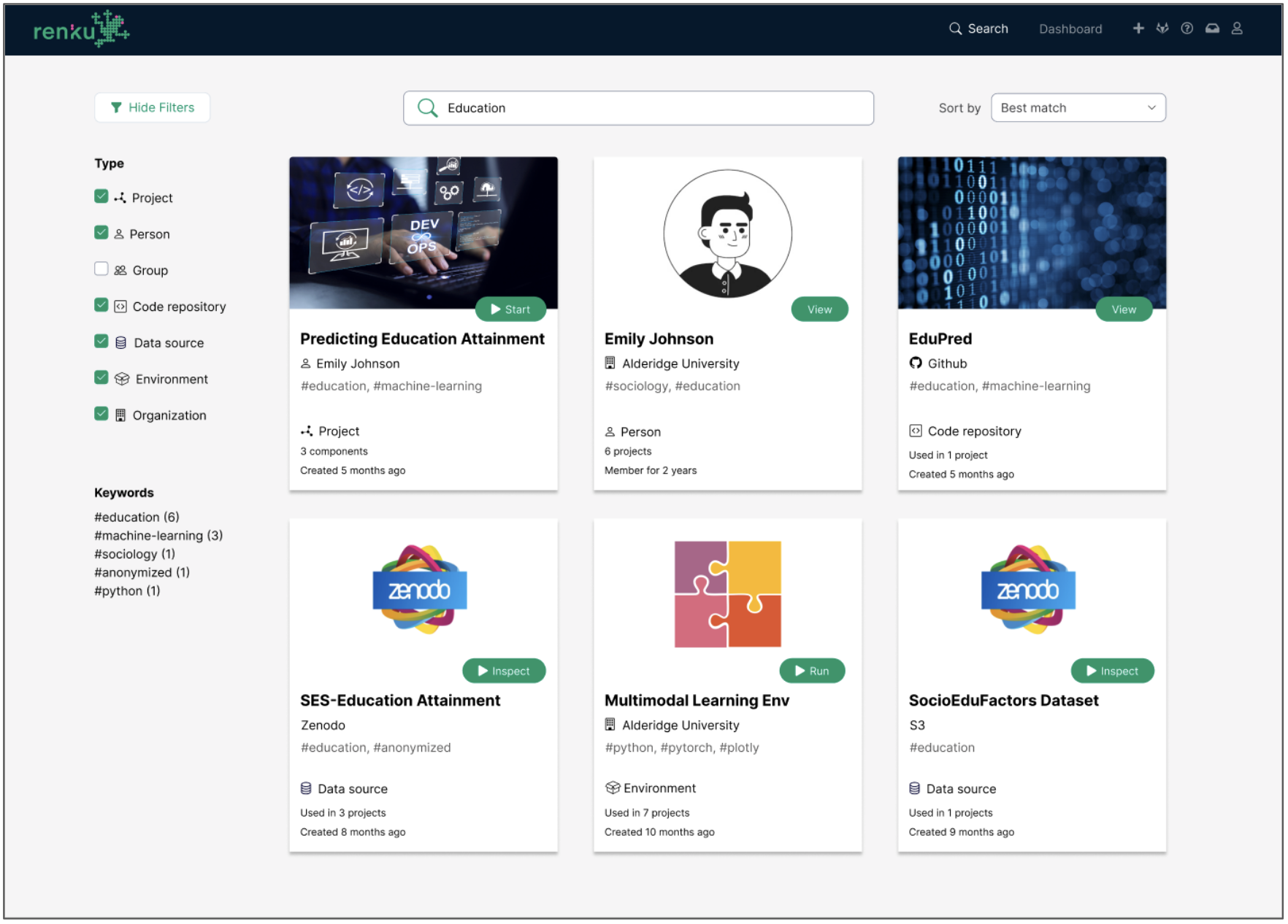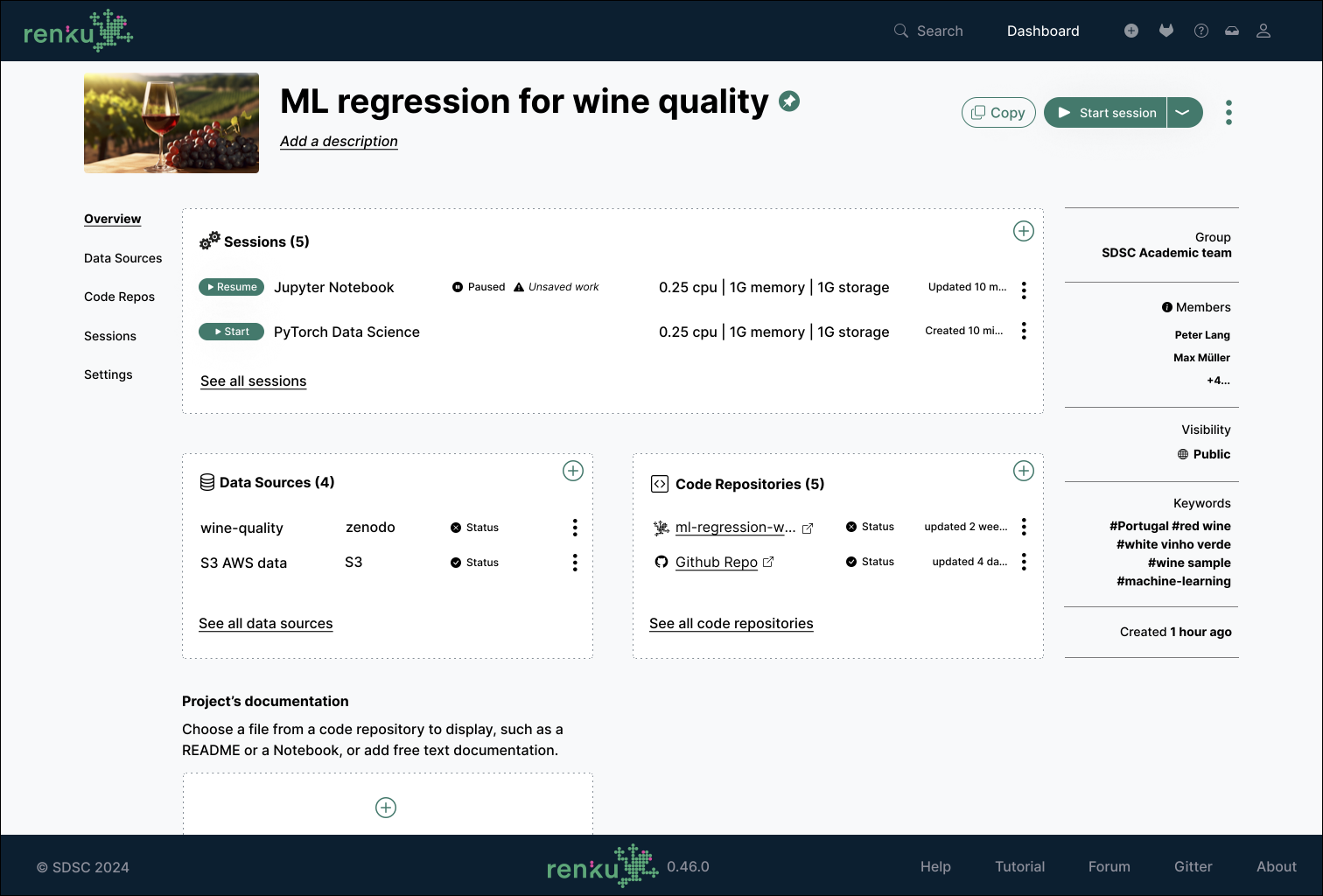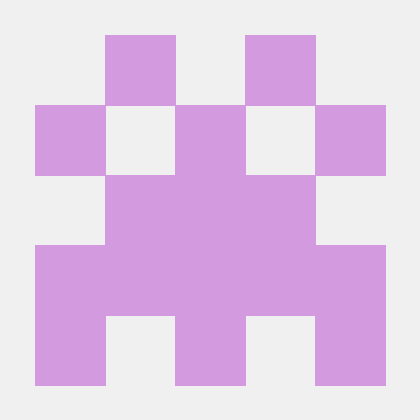Renku 2.0: Connecting the research ecosystem
Renku has evolved considerably over the past several years; from our strong initial focus on computational reproducibility to our current goals of building connections within and across communities. As we engaged with various research communities, we understood that one of the main struggles researchers face in collaborative projects is consolidating a scattered collection of resources across various providers, tools, and technologies.

We have therefore decided to refocus our efforts and (re)build the platform to try and address this gap in the ecosystem. We envision Renku as a platform that connects and enables data-centric projects from the ideation phase, through the productive, results-oriented phase, all the way to dissemination and publication. In the process, members of a project can bring together their data sources, repositories and computational environments. A project’s assets can be used and reused in other projects; they can be kept private, shared with team members or with the more general public. In this way, we hope to create a vibrant ecosystem of data and tools used to process, interpret, and understand it.
We are calling this new iteration “Renku 2.0” even though Renku version 1.0 does not currently exist! We want to imprint the idea that this is a new concept, not just an evolution of the current one.
Mix and match: code, data and compute
To offer users flexibility, Renku 2.0 is based on modular project configurations. Users can bootstrap their projects with a mix of code repositories, data sources, and compute environments and evolve them as the project matures. For example, in an early stage of a project, a data scientist may simply require a quick way to connect a cloud compute environment to a data source for some basic data exploration; as the analysis of the data deepens, they may need to add a code repository to start versioning the code and collaborate with others in a more structured way. Later on, someone else on the project might build a containerized app or dashboard to demonstrate the data properties and model results more easily with non-experts.
Renku 2.0 allows you to select the components that you need for your project to work. Beyond the current capabilities that Renku already offers, you can leverage the flexibility of Renku 2.0 in multiple new situations, for example:
- If you are testing out RenkuLab... and you want to bring your existing code repository into a project.
- If you are starting a new project... and you want to start out with a basic compute environment. Later, you will decide what data and code sources you need.
- If you find an interesting dataset... and you want to test it out in a live compute environment so you can decide quickly if you want to move forward with it.
- If you are working on a project that uses multiple repositories from multiple collaborators... and you want to use all of them in 1 Renku project together.
- If you need to showcase your project... and you want to create a dedicated dashboard for the public to view.
To enable these use-cases, Renku projects require a few ingredients: data, code, containerized environments, and flexible compute resources.

Data
Data science projects need data! Users can connect different types of cloud data sources to their projects, such as S3 buckets and WebDAV resources. Projects may also bring published data into the platform where it can be staged on fast storage for more efficient processing. Data sources can be shared among individuals, groups or communities to simplify reuse. The access to external data sources is controlled by the 3rd party cloud storage provider.
Code
In Renku 2.0, users can bring code repositories into their project not only from the connected Renku-managed GitLab instance, but also from external GitLab instances and GitHub! We encourage everyone to version their code, but if the project does not require versioning (yet), you are not obligated to use it. You can start a Renku project with no code repository at all!
Containerized Compute Environments
Renku 2.0 continues to offer the possibility of working in the cloud, where all project resources are available for all collaborators. For quick, uncomplicated data explorations, users can start working immediately from pre-configured images, loaded with some standard libraries depending on the desired programming language. In addition, users can define their own environments to use in compute sessions; these can be annotated and shared so members of a community can benefit from each other’s efforts and use a consistent software stack. Furthermore, we plan to allow users to connect their Renku projects to external compute resources (e.g. HPC or other cloud compute).
Sharing and collaborating
In addition to connecting all the required resources under one roof, Renku will make these elements searchable, encourage their reuse between projects, and illuminate connections between them (even across projects) wherever needed. This will be accomplished by extracting and indexing useful metadata about all of the project's components and making this information easily accessible through a platform-wide search.

UX Research
As we develop this new iteration of Renku, we rely on great feedback from our users to make sure that we stay on the right track. If you are interested in having a say how the project develops and contribute your thoughts to features that are in the pipeline, please drop us an email!

Further information
Are you interested in learning more about Renku 2.0? If so, have a look at the following resources:
- Watch our Renku 2.0 webinar or view the slides
- Check out the Renku roadmap and give feedback on our design docs
If you want to test Renku 2.0 beta or participate in UX research contact us! - we look forward to hearing from you!


